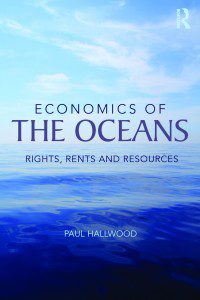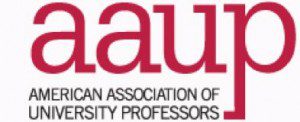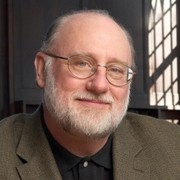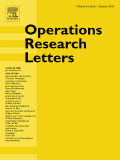 Book Review
Book Review
Paul Hallwood, Economics of the Oceans: Rights, Rents and Resources. Oxon and New York: Routledge, Taylor & Francis Group. 298 pages. ISBN: 978-0-415-63911-8.
“Economics of the Oceans fills a critical gap between broad environmental economics texts and marine resource texts focused on only one resource. Its major strength is the ease with which Paul Hallwood blends background information, case studies and economic theory.
“Over fifty percent of the book is on non-fish resources and includes important ocean resource topics such as coral reef protection, mineral extraction, ocean pollution, maritime piracy and shipwreck recovery. The major strength of the book is the ease with which the author blends background information, interesting case studies and economic theory. The book is a great example of just how applicable basic microeconomic principles are to a range of policy issues (even in the often anarchic world of the ocean).
“The general theme of Economics of the Oceans is that property rights are what really matter in the ocean. This will come as no surprise to economists but the stark differences in outcomes across settings that differ primarily in terms of rights may surprise even the most ardent Coaseans. As an illustrative example, Hallwood cleverly compares and contrasts oil with fish. Offshore oil is heavily regulated in most countries with clear property rights and generates significant rents for host governments. Fish populations are poorly regulated in the waters of many countries with unclear property rights and generate little economic rents. Why this has come about and what can be done to remedy this situation is one of the key lessons in Economics of the Oceans.”
John Lynham, University of Hawai’i at Mānoa and Center for Ocean Solutions, Stanford University. (Applied Economics Journal Vol. 21 No. 2 (December 2014): 105-108).5
 The M.A. program in Economics at the University of Connecticut has been ranked #38 of the 157 programs evaluated in the Financial Engineer’s 2015 Master of Economics Rankings.
The M.A. program in Economics at the University of Connecticut has been ranked #38 of the 157 programs evaluated in the Financial Engineer’s 2015 Master of Economics Rankings.






